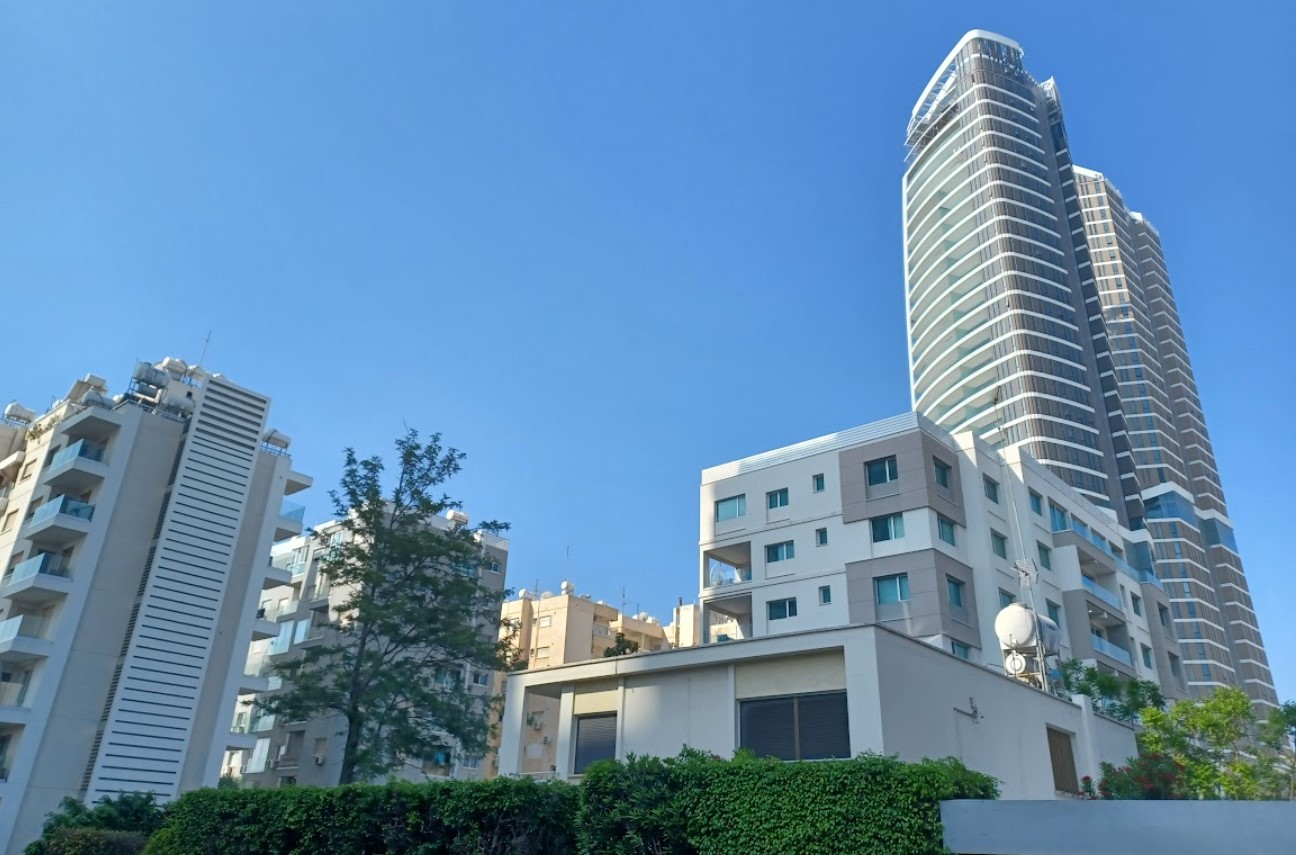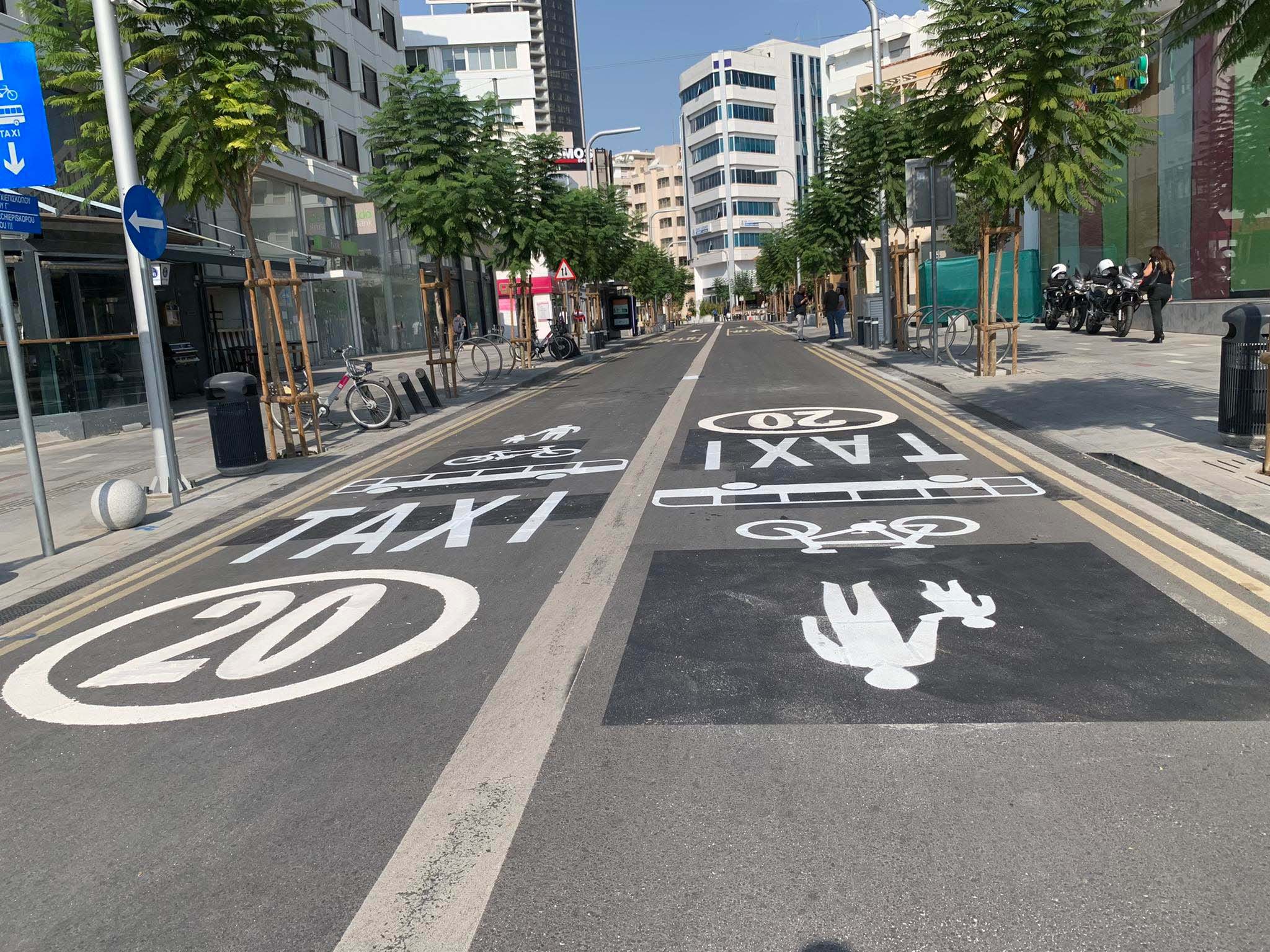Cyprus’ property market is calmer this year, with foreign demand still providing momentum even as higher borrowing costs, rising construction prices and new environmental realities begin to reshape investment decisions.
According to data from the Department of Lands and Surveys, property sales rose by 13 per cent in the first eight months of 2025, reaching 11,689 transactions compared with 10,345 a year earlier.
Limassol led activity with 3,720 sales, also up 13 per cent, confirming that demand remains resilient despite slower price growth.
Even so, the House Price Index rose by just one per cent in the second quarter, a sharp contrast with the double-digit gains recorded during the post-pandemic surge.
Behind these figures lies a market increasingly split between cash buyers from abroad and Cypriots constrained by mortgage costs. Interest rates remain close to four per cent, limiting credit access for households, while international buyers continue to purchase outright.
In the first seven months of 2025, foreign acquisitions rose by roughly 15 per cent compared with 2024, with Limassol and Paphos accounting for most transactions.
Foreign capital has kept construction cranes busy but also fuelled concern about transparency.
The Auditor General’s report warned that many overseas purchases are routed through Cyprus-registered or EU-based companies, escaping the current classification system and obscuring the true extent of foreign ownership. Lawmakers have since called for a legal framework requiring ownership verification after each sale, a change not expected before 2026.
For local residents, the effects are visible in daily life. Rents in Limassol and Nicosia have climbed between eight and ten per cent during the past year, according to private-sector data, pushing many younger tenants to spend more than 40 per cent of income on housing.
Developers, however, face their own headwinds. The Construction Cost Index has risen by about six per cent year-on-year, driven by energy prices, imported materials and labour shortages.
Compliance with the EU’s near-zero-energy-building directive has added expense but is creating a class of higher-value housing. Increasingly, new projects integrate solar panels, insulation and water-reuse systems, supported by the Thalia 2021–2027 co-financing programme.
Industry estimates suggest that certified energy-efficient homes now command a 5–7 per cent premium as buyers weigh operating costs and environmental performance alongside location.
At the same time, the composition of demand is shifting.
In Paphos, the divide between modest apartments and upscale villas has widened. Resale apartments averaged €129,774 across 203 transactions in the first half of the year, while detached houses sold for around €386,828 in 90 deals, making them the second most expensive on the island after Limassol.
Across Cyprus, resale houses generated €190.3 million in value, while apartments accounted for €185 million from 1,162 sales.
Limassol remains the most active district but also the most exposed. The July wildfires destroyed or damaged 706 buildings, 335 completely and 371 partially, and scorched 124 square kilometres of land, according to the Scientific and Technical Chamber (Etek).
The cost of restoring structures alone is estimated at €37.95 million, while insurance claims have surpassed €20 million, based on industry estimates. Officials said that of 699 claims filed on time, 540 have already been reviewed, and another €1 million has been set aside for preventive land clearing.
Since the fires, insurers have adjusted premiums in high-risk zones, and local agents report growing buyer interest in elevated inland areas, a trend reflecting how climate events are influencing real-estate priorities. The fires also renewed debate over building regulations in rural zones, where stricter fire-buffer rules are expected next year.
Elsewhere, infrastructure is helping redirect demand. The A7 motorway linking Paphos to Polis is roughly 30 per cent complete, while plans for a Paphos Marina at Potima Bay envisage up to 1,000 berths and adjacent residential developments.
Together with the expansion of the Vasilikos Energy Centre and redevelopment of Larnaca Port, such projects are drawing investment to peripheral districts once overlooked.
Meanwhile, the Ministry of Finance is preparing a property-tax reform linking rates to updated 2025 valuations rather than those from 2018, a move expected to shift the burden towards high-value coastal properties.
Tourism and migration trends continue to underpin demand. Tourist arrivals increased by about nine per cent in the first nine months of 2025, supporting short-term rental yields, while relocations from Lebanon, Israel and Ukraine have kept long-term rentals tight. Gross yields in prime coastal areas are estimated at five to six per cent, compared with three to four per cent inland.
Despite higher costs, tighter oversight and limited affordable housing, analysts expect moderate price growth of two to four per cent next year, supported by steady foreign inflows and constrained supply of modern, energy-efficient homes.
After years of breakneck expansion, Cyprus property sector is learning slower and steadier. The cranes still rise above its skylines, yet behind them, the island’s approach to development appears increasingly deliberate, and perhaps, a little more sustainable.







Click here to change your cookie preferences